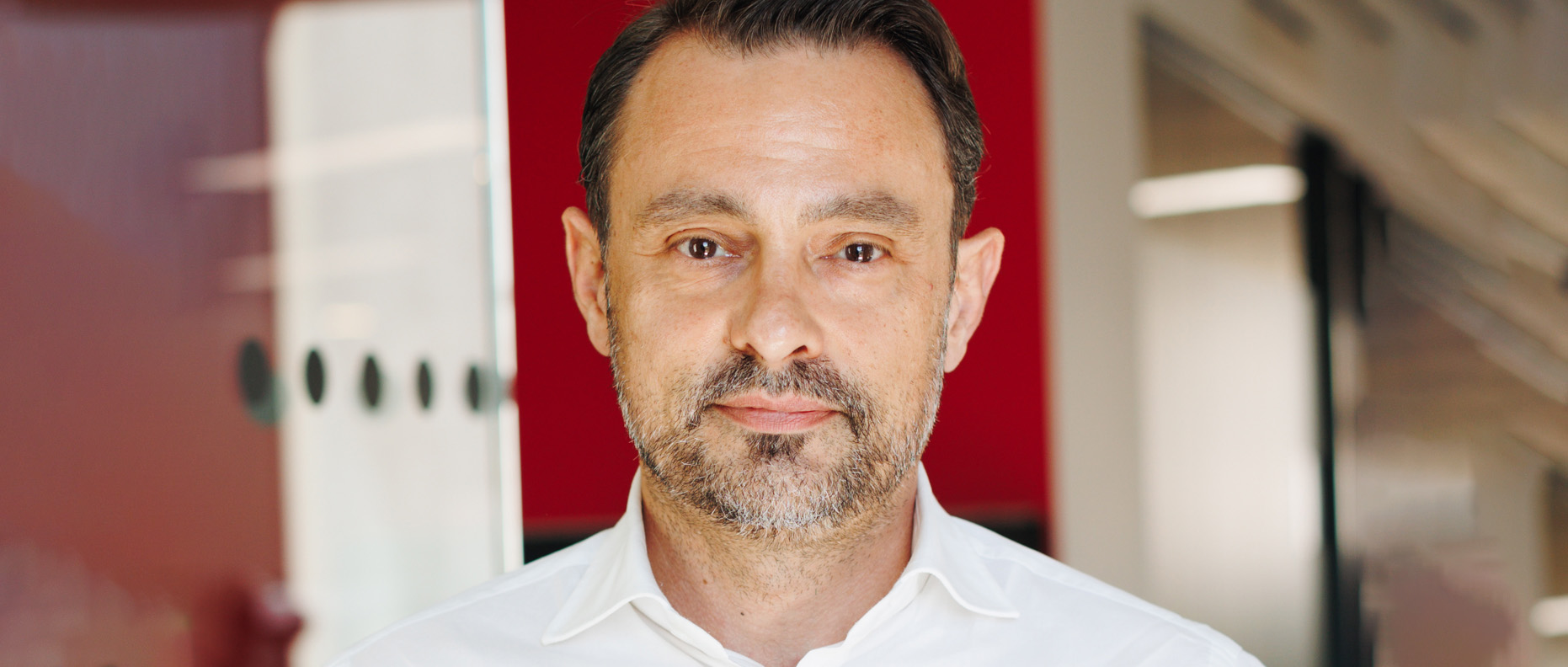COMMENT The recent reappointment of Michael Gove to lead the Department of Levelling Up, Housing & Communities offers (for now, at least) some stability and renewed support for the government’s much-feted levelling-up agenda.
This brings with it some obvious ramifications for planning, development and investment and some lesser-known, and yet fundamental, implications for ESG.
Health equity forms a key part of the levelling-up agenda and we can expect to see this become more of a priority for all owners, occupiers and creators of real estate.
Though health and wellbeing is vastly influenced by the built environment, there are concerns that the industry does not necessarily pay it as much attention as other factors within the ESG arena.
Abundance of opportunities
Over the years, we have become more sophisticated when it comes to evaluating carbon emissions. However, we are still trying to find consensus around how to measure social metrics, such as health equity factors. Yet, the real estate sector has an abundance of opportunities to deliver health equity, from individual buildings to local and global communities.
From recognising that the climate crisis is a health crisis, to the provision of quality homes, and delivering healthy workplaces and safe communities, real estate is uniquely responsible for creating and influencing the space in which people live their lives. When done well, real estate projects have the capacity to make a hugely positive contribution to society. But when this responsibility is overlooked, or diminished in the face of competing demands, it results in a negative impact that can prove difficult – if not impossible – to reverse.
Anyone still inclined to dismiss this reality as hyperbole would be well advised to confront a number of hard facts. Climate change is occurring around us and already impacting economies and societies across the globe. Entire towns in parts of Australia are rendered uninsurable due to risk from extreme weather patterns, while factors such as malnutrition, malaria and heat stress are expected to cause an additional 250,000 deaths a year in the sub-Saharan continent until 2050, in addition to driving major migration patterns.
If this doesn’t strike close enough to home, consider the adverse impact inadequate housing has on people’s health and wellbeing, the impact unfit workplaces have on productivity and employee satisfaction and how air quality is impacting our communities.
Good news
Increasing urbanisation across the globe is a major factor in delivering health equity. As economic and societal changes drive demand for new homes, workplaces and urban centres, everyone working within the built environment has a responsibility to create places that consume fewer resources, are less polluted and are safe, sustainable and productive environments for all residents.
Given the disproportionate influence that real estate has over its occupants and the communities it serves, I would argue that health equity permeates everything it touches. As such, the industry must move to a point where it is baked into all decision making – from funding, through to planning and on to the subsequent development, management and occupation of places.
The good news is that we have the expertise, the technology and – potentially – the government support to make this happen. Despite the overwhelming pressures we face to reverse the impact of climate change, there are still a number of small steps businesses can take to make improvements to health inequality.
Firstly – and as a bare minimum– businesses must promote the health of employees through pay, job security and working conditions and communicate these benefits with inclusive language.
Then they must seek to support the health of clients, customers and key stakeholders through the products and services they provide and the activities they engage in.
Finally, companies should influence the health of the wider community/society through investment influence, procurement and a rigorous approach to supply chains.
Rather like climate change, the scale of reducing health inequality seems like a daunting task. But also, like climate change, the solution lies in gradual changes in behaviour rather than a wholesale revolution. If these good habits are universally adopted and well-executed, the impact will be far greater than the sum of their parts.
Federico Montella is head of sustainability at Lambert Smith Hampton











